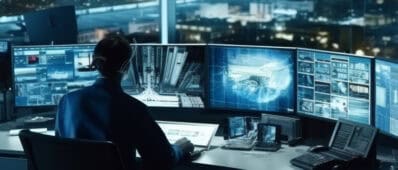Abstract
Credibly identifying how the built environment shapes behavior is empirically challenging because people select residential locations based on differing constraints and preferences for site amenities. The study overcomes these research barriers by leveraging San Francisco’s affordable housing lotteries, which randomly allow specific households to move to specific residences. Using administrative data, the research team demonstrates that lottery-winning households’ baseline preferences are uncorrelated with their allotted residential features such as public transportation accessibility, parking availability, and bicycle infrastructure—meaning that neighborhood attributes and a building’s parking supply are effectively assigned at random. Surveying the households, the team finds that these attributes significantly affect transportation mode choices. Most notably, the research paper shows that essentially random variation in on-site parking availability greatly changes households’ car ownership decisions and driving frequency, with substitution away from public transit. In contrast, the research team finds that parking availability does not affect employment or job mobility. Overall, the evidence from the study robustly supports that local features of the built environment are important determinants of transportation behavior.





